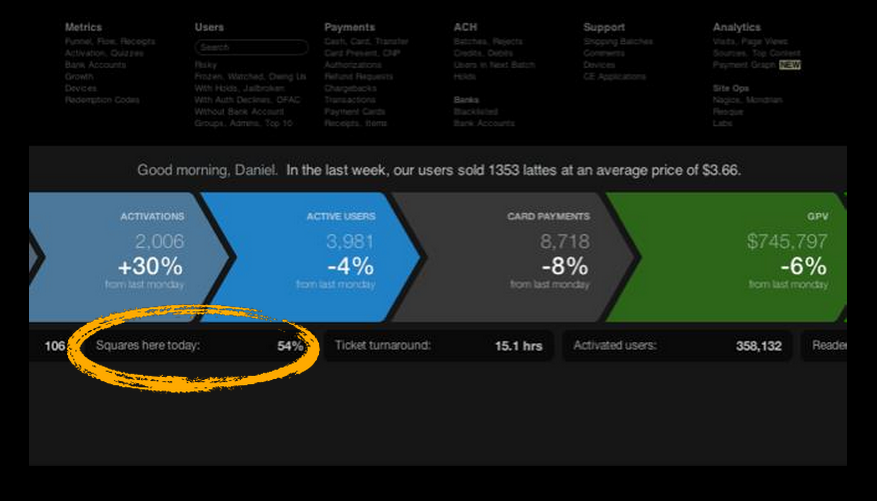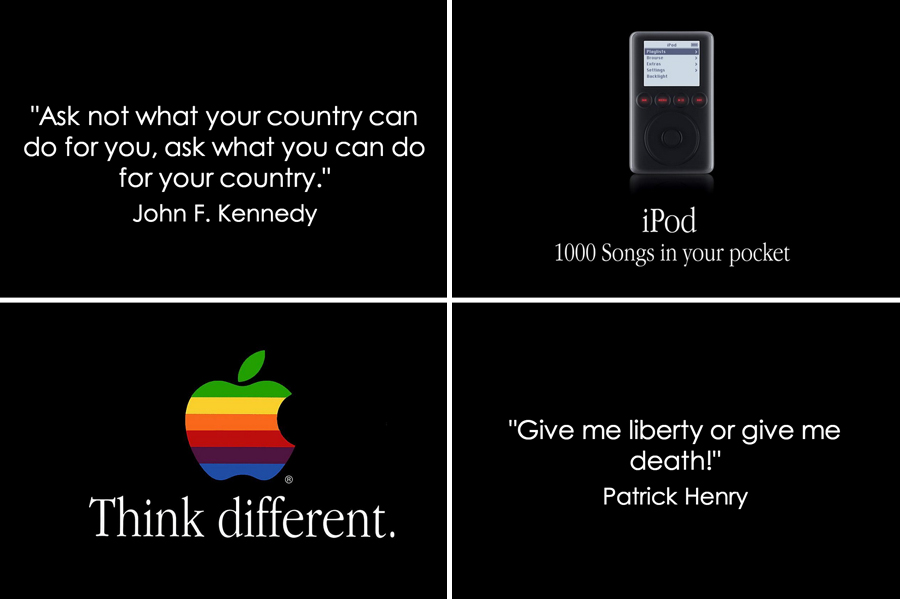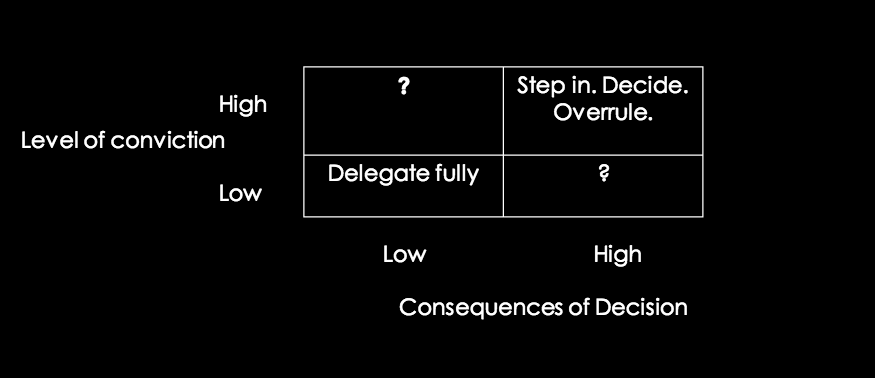If you’ve hired a resourceful team, built a product that people love, and (bonus points) raised some capital, you’ve got a great foundation to build a company — which is actually even more difficult than building your product.
Keith Rabois is an entrepreneur and investor best known for his executive roles at PayPal, LinkedIn and Square.
In his lecture for Sam Altman’s How to Start a Startup series at Stanford University, he shared lots of operational insights, including seemingly insignificant details like what to feed your employees.
(For more startup advice, check out How to Start a Startup: The Book. It’s the ultimate reference guide to creating a successful tech startup.)
Rabois says “forging a company is a lot harder than forging a product,” which is why it’s really important that you have some guidelines in place. And it’s more than managing a team and a workflow; it’s building a company that will manage itself.
He quoted Warren Buffet: “Build a company that idiots could run because eventually they will.”
On that positive note …
Your Goal As a Founder
If you think of your business as an engine, “At first you have a drawing on a white board and you are architecting it, and it looks especially clean, beautiful, and pretty. But when you actually start translating it to practice, it actually starts looking more [rough] and you’re holding it together with duct tape,” said Rabois.
Just holding it together takes a lot of effort, and getting it to look like polished metal will take even more.
Your goal? As Rabois put it, “You want to construct a very high performance machine. A machine that almost nobody really has to worry about.”
As the leader, he says it’s your job to maximize output and keep your focus there instead of on the input. Only measure your progress.
Most of the time, especially in the beginning, it’s going to feel like madness … because it probably is. Rabois says that’s not only normal, it’s good:
“If you have too much process, too much predictability, you are probably not innovating fast enough and creatively enough. So it should feel like everyday there is a new problem and what you are doing is fundamentally triaging.”
To keep with the medical analogy, he says it’s the difference between knowing which problems are fatal and which aren’t. To have enough perspective to do that, you have to make sure that you’re editing, not writing.
Be an Editor
If you’ll allow us to switch metaphors, Rabois says all teams can be broken down into writers and editors, although not so literally.
You basically have people starting the work from scratch (the “writers”), who then send it up the chain of command to the editors. As a founder, you should definitely be an editor. This doesn’t mean you have to have a red pen, but it does mean that you have to have some processes in place to make sure your output is intelligent, clear, and consistent.
1. Simplify
It’s a matter of eliminating the extraneous. From workflows to organization methods, it’s important that you develop an eye for keeping things lean and efficient by way of elimination.
Rabois said, “It’s something you have to practice, but when you get good at it, [with] every step you eliminate … you can improve performance by 30-50%.”
“People cannot understand and keep track of a long, complicated sets of initiatives,” he added. “So you have to distill it down to one, two, or three things and use a framework they can repeat without thinking about.”
2. Clarify
It’s time to think outside your bubble and find ambiguities. Ask lots of questions, big and small. “Did you mean to use this term here?” or “Is this on brand?” This doesn’t mean diluting your message, though. In fact, quite the opposite. Keep in mind some of these concise, life-altering words:
“You can change the world in 140 characters,” Rabois said. “You can build the most important companies in history with a very simple-to-describe concept.”
3. Allocate Resources
You can allocate resources in one of two ways: from the top down or from the bottom up. Rabois says that bottom up is ideal.
When employees come up with their own initiatives, they’re more passionate about them. Not to mention, they’re being more resourceful and hopefully eliminating some work for you. As you begin to do more and more of this, you should be using less and less of that “red ink” each day, and that’s how you measure your success.
4. Ensure Consistent Voice
In every place your company exists, it should be coming from the same voice, like it’s coming from the same person.
This means first establishing that voice and making sure that it’s understood throughout your team. With this voice in place, your output will be even stronger, more focused and more determined.
5. Delegate
Keep in mind, within the writer/editor framework, writers do most of the work. So as a founder, you should stay in the editor role. You should delegate and always be editing.
This leads to a bit of a dilemma, though: How do you delegate but not abdicate? Rabois said that it’s a matter of deciding your own level of conviction based on this grid:
“Let people make mistakes and learn,” he said. “On the other side, obviously where the consequences are dramatic and you have extremely high conviction that you are right, you actually can’t let your junior colleague make a mistake.”
The best way to handle that situation is just to explain your reasoning as best you can, so it doesn’t seem like you’re throwing your authority around just for the sake of it.
6. Edit the Team
At all costs, you should avoid the “Now that we have money, let’s hire a bunch of people” inclination.
Rabois said, “When you just hire a lot of people, you expect that when you add more people, your horsepower … is going to increase.” But in fact, he said having more people can actually get in the way of getting more work done.
When you’re first starting your hiring process, Rabois says you want to look for barrels instead of ammunition. A barrel: “They can take an idea from conception … all the way to shipping and bring people with them. That’s a very cultural skill set.”
Barrels require the least amount of red ink and will bring the most initiative and resourcefulness to the table, so make sure they’re appreciated.
“Barrels are very difficult to find, but when you have them, give them lots of equity, promote them, take them to dinner every week, because they are virtually irreplaceable because they are also very culturally specific. A barrel at one company may not be a barrel at another company,” he explained.
To decide if a person is a barrel at your company, you can expand their scope of responsibilities as far as it will go, until it breaks.
Don’t worry, this isn’t some crazy sort of employee hazing. Everyone has a breaking point from CEOs to interns, and that breaking point is the role they should be in — the one that really pushes them. As you gradually find out what that is, you’ll not only assure that you’re getting the full benefits out of your employees, but they’ll also feel useful.
Another little trick of the trade to finding your barrels is watching whose desk people are going to often. Chances are that person is someone in the office who is trustworthy, knowledgable and informative, so they could be a potential barrel. Rabois said to promote them and give them more responsibility.
Team Transparency
With your barrels identified, aim them at your goals and have them tackle one thing at a time, rather than many. This a philosophy Rabois picked up from Peter Thiel while at PayPal. He explained:
“Most people will solve problems that they understand how to solve. Roughly speaking, they will solve B+ problems instead of A+ problems. A+ problems are high impact problems for your company, but they are difficult. You don’t wake up in the morning with a solution, so you tend to procrastinate them.”
To eliminate procrastination altogether, Thiel would insist each person tackle one single thing, and they don’t move on from it until it’s complete.
The one-thing-at-a-time approach may not work with your business, but keep in mind that the fewer tasks a person has to tackle, the more accountable they are for one thing and the more attention they have to focus on it.

Another way to eliminate distractions through transparency is to create a shared dashboard (above) of goals and metrics that people ideally look to on a daily basis.
“You have to create tools that enable people to make decisions at the same level you would make them yourself,” said Rabois. This dashboard should be created by you, so that your team is implementing on a shared company vision.
This also means that everyone should have access to everything that’s going on elsewhere in the company. Rabois says this can be done in very literal ways like having glass walls around conference rooms and notes from all meetings available to everyone at the company. This way, no one feels that they’re being left out of the loop.
Moving Your Company Forward
By gathering and simplifying information, you can better predict your output instead of your activity and adjust for improvements. But that doesn’t mean you should only keep an eye out for trends and consistencies.
Rabois says it’s also important to keep an eye out for anomalies and what potential they may offer. He used PayPal on Ebay as an example:
“One day, someone noticed that 54 of the sellers had actually handwritten into their Ebay listings, ‘Please pay me with Paypal,’ and brought this to the attention of the executive team at the time. The first reaction from the executive team was, ‘What the hell is going on? Let’s get them out of the system.’ Fortunately, David Sacks came back the next day and said, ‘I think we found our market.’”
After encouraging the “pay with PayPal” option and including it consistently across the site, Ebay was able to tap into a larger market rather than exclude one. This is just one of the many kinds of details you can’t overlook.
“The best thing you can do is give people the food they want or the food that’s good for them that makes them more productive,” explained Rabois. “So it may seem like this glorious job you thought you had is more like running around being a TaskRabbit for people. But it is to take things off their plate that is a distraction so they can be high-performance machines.”
Whether it’s making sure you’re feeding your team right or teaching your receptionist the best phone etiquette, every little moving part has to be in place in order for your business to run like a perfect machine, even without you at the wheel.
Next Steps
You can watch the video and read a full transcript of Rabois’ lecture here.
Also, if you enjoyed this post, be sure to check out How to Start a Startup: The Book. It’s the ultimate reference guide to creating a successful tech startup.
Featured image was taken from the video of Keith Rabois’ lecture at Stanford.


